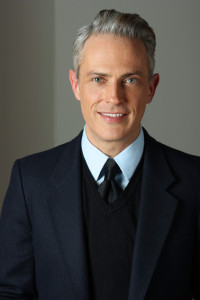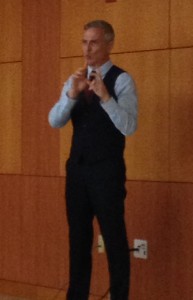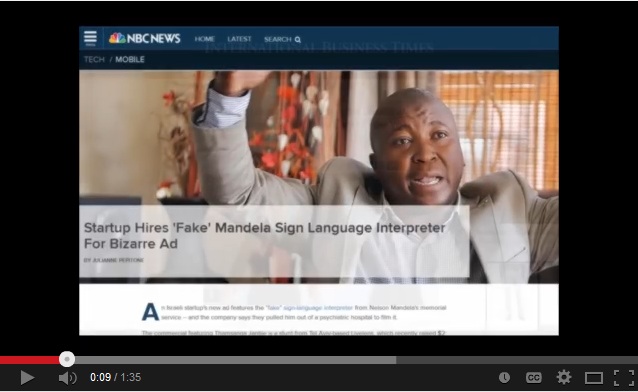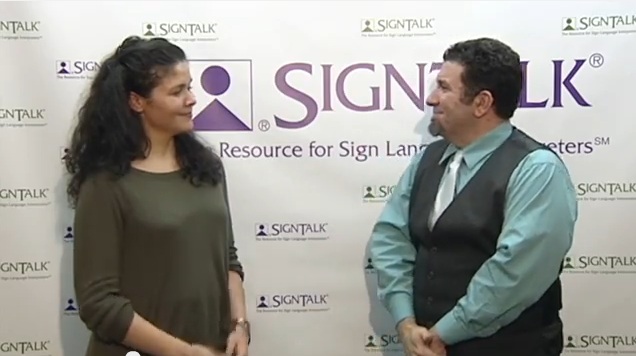Technology, Interpreting & the Well-Meaning Helper by Jon Wolfe-Nelson
Working with technology and a live audience simultaneously is always tricky.
Technology will invariably glitch in some way and participants can behave in a surprising fashion. Even the most well-meaning helper can wreak havoc on your little interpreting utopia. Having experienced that exact situation recently I can share with you what I did and what I wish I had done.
While interpreting for a live Internet broadcast workshop I wandered a bit out of frame. A very well meaning participant; long-time volunteer, advocate and friend of the hosting organization decided the camera should be adjusted. What the participant did not know was that the presentation team and the interpreters had been in the room adjusting the single camera shot to be on an angle that would make my signs easily legible to the remotely viewing audience and set so as to not block the sight lines of the Deaf participants who were present in the room.
When I detected the interloper in my peripheral vision the participant was already reaching for the camera. I blurted out in a strong directive, “Please do not do that!” The response from the participant was, “You were off camera.” At which point the producer of the event took focus and made a general announcement that it is best that no one outside of the interpreting team adjust the audio/video equipment.
I made eye contact with my partner and we mutually agreed to be mindful of monitoring the frame of the broadcast screen. After all it is much easier for me to move back into frame than to re-position a camera on the fly.
Reflecting on the situation brings me to the following conclusions. I wish that I had insisted that my team interpreter sit closer to the interpreting area. Due to logistical demands, my partner was seated across a wide expanse of a dais and behind a table. If we had stationed a chair in front of the table it would have been easier for my partner to intercept the well-meaning helper. Additionally, the speakers may not have had to be interrupted and I could have gone on interpreting. I also suppose I could have addressed the participant more sotto voce as not to draw additional intention.
~~~~~~~~~~~~
We do not have the answers to all scenarios and cannot possibly predict all of the “what ifs” in different environments. What is critical, however, is how we handle situations on the spot and then reflection with colleagues once the event is over. Thank you, Jon, for your sharing and your insights!
Susanne Morgan Morrow, MA, CI, CT – Professional Relations Consultant











